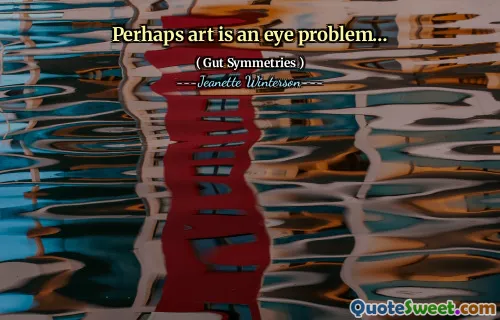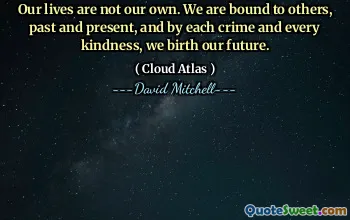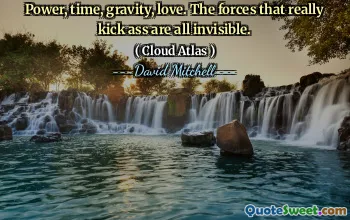
Perhaps art is an eye problem…
The idea that art might be an 'eye problem' sparks a fascinating reconsideration of how we perceive and interpret visual experiences. It suggests that the challenge of understanding or appreciating art doesn't solely rest with the artwork itself, but fundamentally with the viewer's perceptual apparatus. Our eyes and brains are the lenses through which we decode visual signals, and if these are flawed or limited, our engagement with art can be compromised. This notion invites reflection on the subjectivity inherent in aesthetic experiences—how personal biology, cultural background, emotional state, and even individual biases shape what we see and value in art.
Moreover, this perspective underscores the importance of cultivating vision—both literal and metaphorical. Just as corrective lenses can help someone see clearer physically, education and exposure broaden our capacity to interpret complex visual language. It points to the active role of the viewer in the artistic experience: we are not passive recipients but participants who bring our own 'eyes'—our perceptions, prejudices, and sensitivities—to the table.
It also raises questions about the universality of art appreciation. If art is an eye problem, then perhaps our shared understanding of beauty or meaning must be filtered through the lens of individual cognition. Conversely, it challenges artists to create works that can transcend perceptual limitations or provoke viewers to see differently.
This concept beautifully aligns with the idea that art can be transformative—if we can just see differently, then perhaps we can also understand differently about ourselves and the world. As Jeanette Winterson muses in 'Gut Symmetries,' this focus on perception underscores the deeply personal yet profoundly universal nature of artistic engagement.







